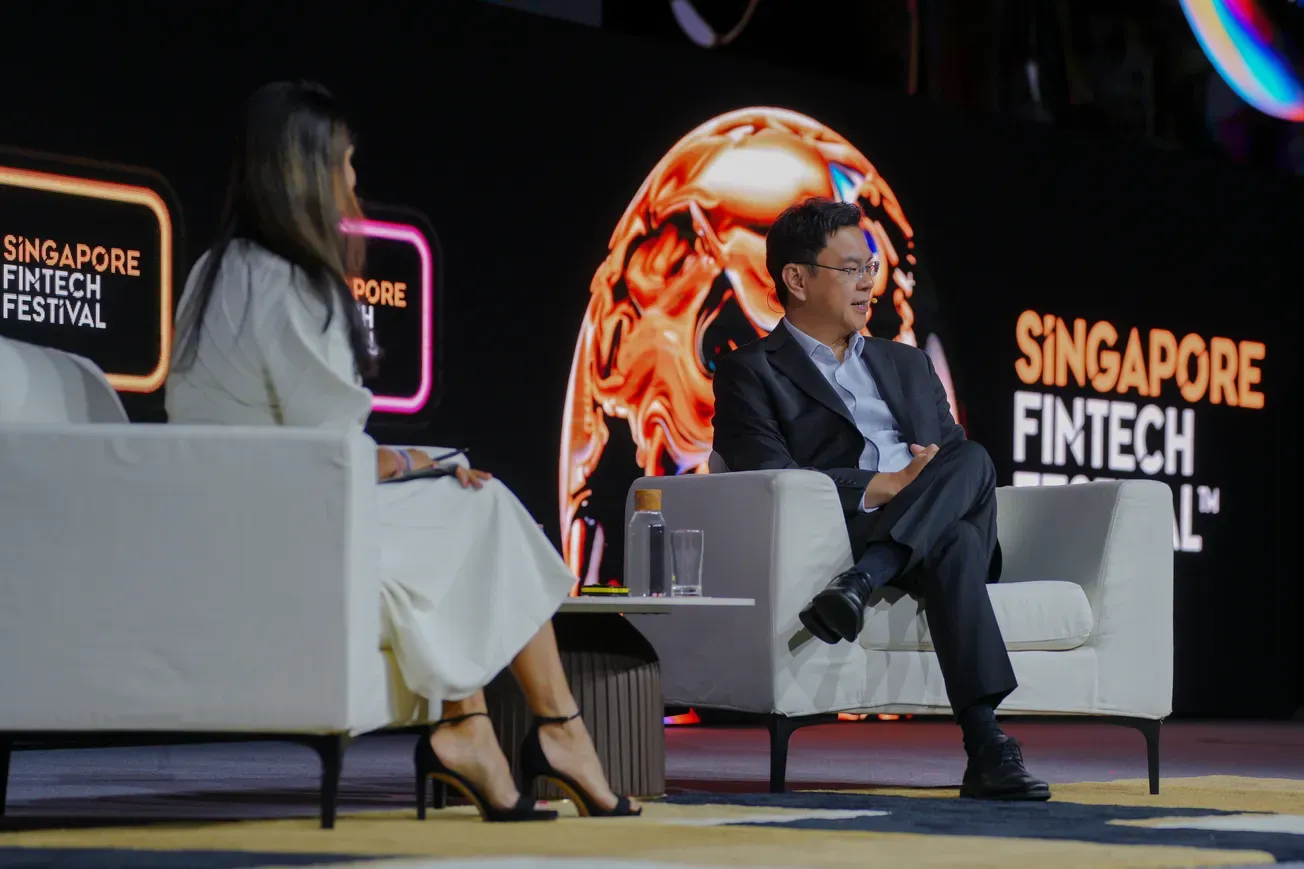Singapore Fintech Festival 2025: Charting the Future of Digital Finance Through AI, Tokenization, Quantum

The Singapore Fintech Festival (SFF) returns for its landmark 10th edition from November 12-14, 2025, bringing together over a thousand global leaders to explore how artificial intelligence, tokenization, and quantum computing will reshape the financial landscape over the next decade.
Organized by the Monetary Authority of Singapore (MAS), the Global Finance & Technology Network (GFTN), and Constellar in collaboration with the Association of Banks in Singapore (ABS), this year's festival carries special significance as it celebrates ten years of driving fintech innovation from Singapore's shores.
SFF 2025 centers on three transformative technology tracks that organizers believe will define the future of global finance:
New Payment Settlement Layer
The festival will deep-dive into how stablecoins, central bank digital currencies (CBDCs), and tokenized deposits are fundamentally reshaping payment infrastructure. Attendees will gain insights into regulatory frameworks governing digital money adoption across major markets, while exploring the development of open, interoperable networks designed to enable cooperative global tokenized financial systems.
Charles Cascarilla, co-gounder and CEO of Paxos, will be among the speakers addressing how tokenization can enhance capital market efficiencies and transform settlement mechanisms.
New Intelligent Financial Systems
As artificial intelligence moves from pilot programs to production-scale deployment, SFF 2025 will showcase emerging innovations including agentic AI and small language models. Sessions will examine how financial institutions are integrating AI into legacy infrastructure while navigating operational risk, regulatory requirements, and ethical considerations.
The AI track promises candid discussions between regulators and financial institutions on governance frameworks, regulatory approaches across major markets, and the practical challenges of implementation. Speakers including Tamas Kadar (co-founder and CEO of SEON) and Tomas Skoumal (chairman and Co-President of Dyna.Ai) will share their perspectives on AI's role in transforming risk management, regulatory compliance, and financial inclusion.
New Encryption Architecture
With quantum computing advancing rapidly, the festival will address how institutions are building quantum-safe systems to protect data and critical infrastructure. Discussions will cover global standards and policies shaping the transition to quantum-resilient finance, while exploring how quantum computing itself could unlock new business potential and competitive advantages.
Urbasi Sinha, head of the Quantum Information and Computing laboratory at Raman Research Institute will contribute insights on quantum technology's implications for cybersecurity and encryption standards. Rafael Echemendia, global cybersecurity expert and founder of The Ethical Hacker, will also address the evolving security landscape.
Celebrating a Decade of Innovation
The 10th anniversary edition takes on added significance as it reflects on how far fintech has evolved since SFF's inception. Last year's festival attracted 65,000 participants from 134 countries, establishing it as the world's premier fintech gathering.
"SFF's 10th anniversary represents a decade of convergence between financial services and technology," said Kenneth Gay, chief fintech officer of MAS. "This journey mirrors the evolution of fintech from early digital innovations to today's AI-driven transformation."
With over 70 focused sessions planned across the three-day event, the festival promises to align innovation, regulation, and capital to foster resilient and inclusive financial systems while creating new growth opportunities connecting Singapore, Asia, and the world.
The conference will feature insights from transformative leaders who shaped the past decade of financial services:
- Roy Fielding, whose API design principles enabled modern fintech platforms
- Nandan Nilekani, pioneer of Digital Public Infrastructure (DPI) that expanded access for over a billion citizens
- Paul Taylor, whose cloud-native banking work modernized core banking platforms
- Eric Jing, leader in driving inclusive growth through technology innovation in China and beyond
- Agustín Carstens, whose leadership at the Bank for International Settlements guided central banks through digital transformation
Beyond the Main Stage
The festival ecosystem extends beyond keynote sessions with multiple specialized programs, including the Insights Forum, an invite-only prelude on November 10-11 at Sands Expo & Convention Centre that will convene regulators, policymakers, and industry leaders for focused discussions on actionable outcomes and roadmap-setting for the year ahead.
The Founders Peak, Capital Meets Policy Dialogue, Investor Hours, and SFF MeetUp programs will connect capital, ideas, and talent to accelerate collaboration and growth within the fintech ecosystem.
Attendees can also explore Singapore's thriving fintech innovation ecosystem firsthand at the Innovation Lab Crawl, while the 10th Global FinTech Hackcelerator spotlights AI and showcases early-stage innovators transforming financial services.
Registration Information
Registration for SFF 2025 is now open at fintechfestival.sg/registration. Complimentary tickets are available for governments, policymakers, central banks, academics, students, multilateral agencies, non-profits, and foundations.

Blockhead is a Supporting Media Partner of Singapore Fintech Festival 2025. Use the promo code SFFSMPBH for 20% off all delegate passes at this link!
You May Also Like

Stablecoins: The Cryptographic Practice of Denationalization of Hayek’s Currency

Sui Crypto Meets Its Match: XRP Tundra’s Dual-Token Arctic Architecture
